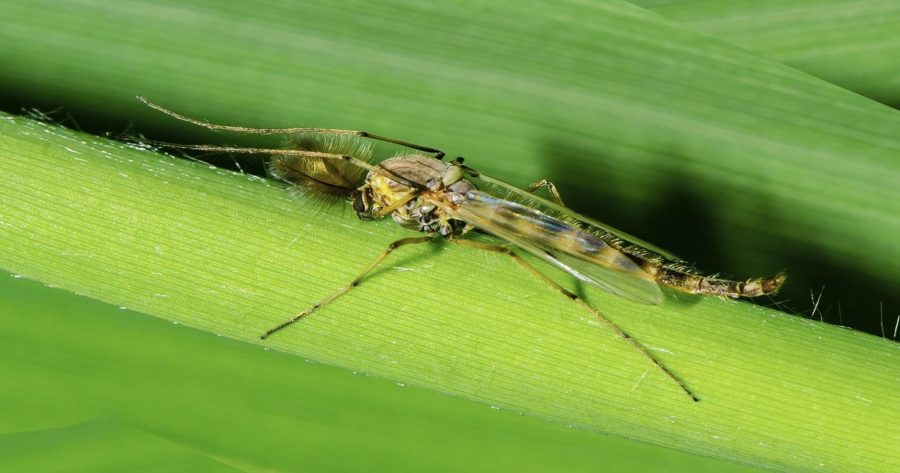During the warmest season in Scotland, little flying insects pester the people.
Midges are little flying insects that find their home in Scotland. In England alone, there are over a hundred different species of Midge, and 50 of those feed on human blood. Interestingly enough, out of those 50, 37 species live in Scotland.
The female midge is the one that will bite, whereas the males feed on plant nectar. The females use the blood of animals or humans to help them when it comes time to lay eggs.
Unlike mosquitoes, midge uses their arms like a saw, cutting into the skin you drink the blood. This cutting is what causes the painful discomfort that happens. The itchiness and redness come from the body’s inflammatory response and can look different in different people.
The midge likes to live in damp, wet areas, making the highlands a perfect nesting spot. They are active through the warmest season in Scotland, from May through September. The warmth and wetness from the summer season provided a habitat that allowed the midge to thrive. Midge prefers the early morning and the late evening.
Often when there is one midge, there are more. Whole swarms fill walking paths; thousands fly by lakes and marshes, and if they have the chance, upwards of 10,000 can land on your arm alone. In addition, once one midge lands and bites, it releases a hormone that signals to the others that there is food nearby.
Biting midge will bite anything warm-blooded, from livestock to humans. However, they pray themselves to bats. While irritating and disruptive, it is said that the highlands have stayed so well preserved and inhabited by humans because of the midge presence. So, these little creatures are not all sinister.









